The quest for the title of “Beer Capital of the World” is steeped in history, culture, and fierce competition. Historically, cities like Munich, Milwaukee, and Pilsen have been lauded for their contributions to the beer industry, each with a rich brewing heritage that resonates with beer lovers globally.
Munich is celebrated for its iconic Oktoberfest and its role in Bavarian beer culture, while Milwaukee’s history is intertwined with the growth of beer in America. Pilsen, known for giving the world the Pilsner, has a legacy of brewing that dates back to the 19th century.

The term “beer capital” encompasses more than just the historical aspects; it also reflects contemporary trends and the evolution of the beer scene.
The rise of craft beer has introduced a new era of innovation, with cities worldwide vying for recognition with unique, locally crafted brews.
As global beer culture continues to flourish, the definition of the beer capital has become more dynamic, considering not only the production and history but also the cultural experiences surrounding beer drinking.
Key Takeaways
- Munich, Milwaukee, and Pilsen are historically significant in the beer industry.
- The rise of craft beer has impacted what defines a beer capital today.
- Modern beer capitals blend historical brewing tradition and innovative beer culture.
1. Munich: The Heart of Bavarian Beer Culture
History of Beer in Munich
The history of beer in Munich dates back to the Middle Ages, with the earliest breweries tracing their origins to the monks. By the 16th century, the Bavarian Purity Law — or Reinheitsgebot — was enacted, which dictated that beer could only be made from water, barley, and hops.
This law marked Munich as a pioneer in beer quality control, cementing its place in beer history and influencing global brewing practices.
Iconic Munich Breweries and Beer Styles
Numerous iconic Munich breweries have shaped the city’s beer scene:
- Hofbräuhaus: Established in 1589, it’s one of the oldest beer halls, known for its original Hofbräu beer.
- Augustiner-Bräu: Munich’s oldest independent brewery, founded in 1328, famous for its Edelstoff and Helles beers.
Munich’s beer culture is celebrated through its beer styles like:
- Weissbier: A wheat beer with a refreshing flavor.
- Starkbier: A stronger lager, traditionally consumed during Lent.
- Helles: A pale lager that is a Munich staple.
Experiencing Beer Culture in Munich
To truly experience Munich’s beer culture, one must visit the Oktoberfest, the world’s largest beer festival. Year-round, beer gardens such as the sprawling Chinesischer Turm offer communal seating where locals and tourists enjoy traditional Bavarian fare alongside a Maß of beer.
Tours of historic breweries offer insights into the brewing process, and tasting experiences allow for the appreciation of the range of flavors Munich’s beers offer.
2. Milwaukee: America’s Historic Beer Haven

Milwaukee’s storied past as a beer powerhouse began in the mid-1800s, with its rise intimately tied to the influx of German immigrants. They brought a rich brewing tradition, establishing Milwaukee as a dominant force in America’s brewing industry.
Milwaukee’s Beer Legacy
Milwaukee has long been intertwined with the brewing industry. As early as the 1850s, iconic breweries like Miller, Blatz, Schlitz, and Pabst were the driving forces behind this label, with several having massive market influence at their peak.
Though the presence of big breweries has waned, the influence of these beer titans still resonates deeply in Milwaukee’s culture, evident by the German influence that is foundational to the city’s beer identity.
Craft Beer Renaissance in Milwaukee
Today, Milwaukee is experiencing a craft beer renaissance. A new wave of microbreweries and brewpubs has swept through the city, echoing the rich brewing heritage while introducing innovative flavors and brewing techniques.
This wave is not simply a nod to the golden years but a robust revitalization, bringing local and national attention back to Milwaukee’s brewing prowess.
Beer Tourism in Milwaukee
Milwaukee continues to beckon beer enthusiasts with its array of beer-related attractions. The city celebrates its brewing heritage with tours of historic brewery sites, beer museums like the Museum of Beer and Brewing, and a lively beer festival scene.
These experiences not only tell the story of Milwaukee’s beer history but also provide interactive and engaging ways for visitors to immerse themselves in the city’s ongoing beer narrative.
3. Pilsen: Birthplace of the Pilsner
Pilsen’s Brewing History
Pilsen’s brewing history dates back to the early 14th century when King Wenceslas II granted brewing rights to its citizens.
However, it was in 1842 that the city made a mark on the global stage with the creation of the world’s first pale lager Pilsner at Pilsner Urquell Brewery.
This innovative beer characterized by its golden color, distinct hop flavor, and crisp finish revolutionized the brewing industry and established Pilsen as a pivotal beer capital.
Pilsen’s Brewery Scene Today
Today, Pilsen boasts a thriving brewery scene, encapsulating both traditional establishments and contemporary craft beer breweries.
The Pilsner Urquell Brewery remains a central figure but is now flanked by an array of microbreweries and brewpubs that contribute to the city’s dynamic beer culture. These modern brewers embrace both tradition and innovation, contributing to the global craft beer movement.
Beer Culture in Pilsen
Beer culture in Pilsen extends beyond breweries; it’s an integral part of the city’s fabric. With numerous beer gardens offering a wide array of lagers and ales, locals and visitors alike can experience the communal atmosphere indicative of Czech beer culture.
Events like Oktoberfest are celebrated fervently, showcasing the deep connection between food, festivities, and beer. This rich culture underpins Pilsen’s reputation as a city dedicated to the art of brewing.
4. Prague: A City Steeped in Beer Tradition
Prague’s Deep-Rooted Beer History
The tradition of beer brewing in Prague is one of long-standing prominence, dating back to the establishment of the first known brewery in the 10th century at the Břevnov Monastery.
By the 12th century, both monastic and private breweries flourished here, setting the precedent for a deeply rooted beer culture. Historical documents suggest that every burgher house in Prague had the right to brew beer up to the 18th century, highlighting the craft’s significance in daily life.
Exploring Prague’s Vibrant Beer Scene
In today’s Prague, beer enthusiasts can immerse themselves in a beer scene that’s both historical and dynamic. The city is filled with traditional pubs, modern craft beer bars, and historic breweries, like the famed U Fleků, brewing beer continuously for over 500 years.
Annual beer festivals, like the Czech Beer Festival in May, showcase a wide array of beer styles and foster communal beer experiences that remain a pivotal part of Prague’s social tapestry.
Beer Consumption and Traditions
When it comes to beer consumption, the Czech Republic holds a notable record, with Prague at its heart. Residents consume more beer per capita than anywhere else, a fact that emphasizes the beverage’s role in everyday life and social structures.
Traditionally, beers such as pilsners have dominated Prague’s beer landscape, a legacy attributed to Pilsner Urquell, the world’s first pale lager, which originated in the Czech lands. Consumption is not just about quantity but also ritual, with toasts like “Na zdraví” being customary in gatherings.
Comparative Analysis of the Beer Capitals
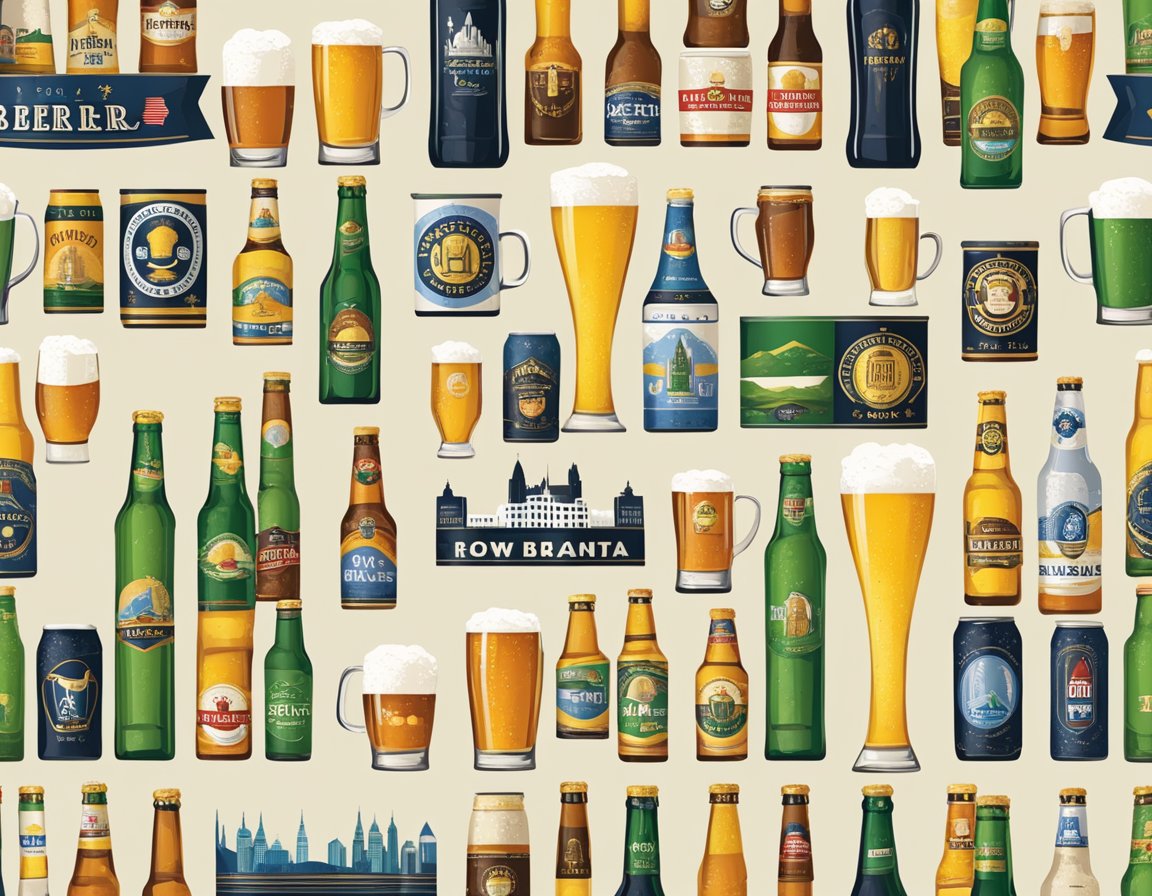
In the world of beer, various cities vie for the title of “Beer Capital.” Milwaukee’s historical connection to beer is undeniable, with major breweries such as Miller, Schlitz, Blatz, and Pabst defining its legacy.
It has a rich heritage in the brewing industry, largely due to the influence of German immigrants. Today, Milwaukee hosts numerous brewery tours that celebrate its storied past and vibrant present in beer production.
Chicago, on the other hand, epitomizes the modern craft beer movement. Once dominated by historic brewers, Chicago has witnessed an explosion of craft breweries, with Revolution Brewing as a notable example. Craft beer enthusiasts in Chicago have many options, from specialty bars to ambitious microbreweries.
Craft Breweries
- Milwaukee: Tradition meets innovation, with many craft breweries complementing the established giants.
- Chicago: A burgeoning scene with diverse offerings, emphasizing creativity and unique flavors.
Brewery Tours
- Milwaukee: Tours often highlight historical brewing practices, the city’s role in shaping American beer tastes, and the architectural marvels of historic brewery buildings.
- Chicago: Experiences focus on the art of craft beer making, offering insights into modern brewing techniques and cooperage.
The industry’s expansion diffusion is evident in both cities, yet they differ in their approach. Milwaukee maintains a balance between honoring its past and embracing new brewing methods.
Conversely, Chicago’s trajectory in the craft beer revolution has been meteoric, with an emphasis on innovation driving its market presence.
Marketing also plays a crucial role. Milwaukee uses its storied history in brewing as a cornerstone of its tourism and marketing, while Chicago leverages its diversified and dynamic craft beer culture.
As population tastes evolve, both cities continue to adapt, with Milwaukee expanding its craft beer footprint and Chicago looking beyond its borders, influencing the industry nationwide.
The Modern Beer Scene: Craft Beer Innovations
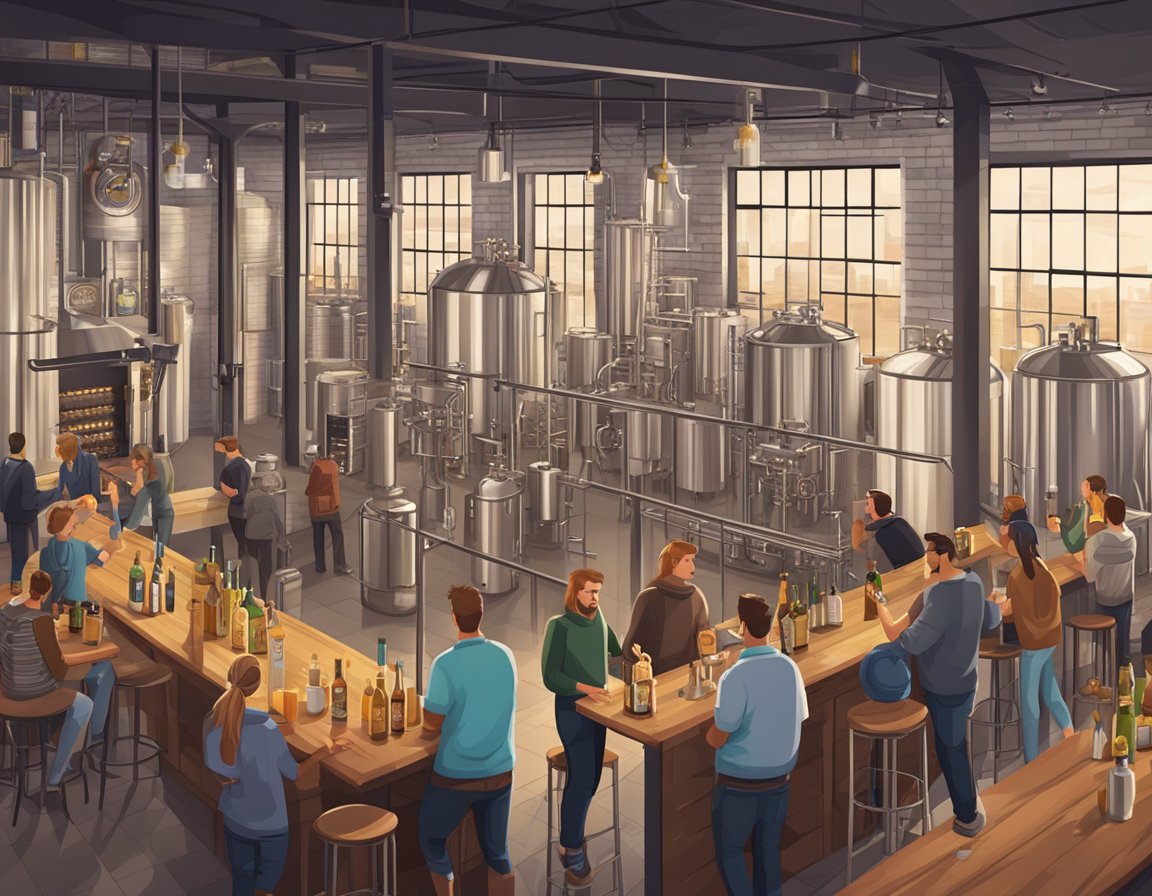
The beer landscape has dramatically transformed, largely driven by the craft beer revolution. This global movement has seen brewers harnessing technology to perfect their craft, leading to an unprecedented diversity of flavors and styles that cater to an ever-evolving consumer palate.
The craft beer scene is vibrant and dynamic, from the utilization of canning technology for its convenience and sustainability to the innovative brewing techniques that push the boundaries of traditional beer profiles.
The craft beer movement in Munich blends seamlessly with the city’s deep-rooted beer traditions. Local brewers like Giesinger Bräu are broadening the beer spectrum beyond the historic Reinheitsgebot by experimenting with global styles and unconventional ingredients.
This fusion of heritage and innovation in Munich exemplifies the craft beer movement’s ability to respect tradition while embracing progress, offering beer enthusiasts a taste of both worlds.
Milwaukee’s craft beer renaissance is a testament to the city’s enduring legacy as a historic beer haven, now infused with modern innovation.
Brewers in Milwaukee, such as Third Space Brewing and Black Husky Brewing, are at the forefront of using advanced brewing technologies to create unique beer experiences.
These innovations and Milwaukee’s rich beer culture underscore the city’s commitment to honoring its past while forging a new path in the craft beer landscape.
In Pilsen, the birthplace of the Pilsner, craft brewers are leveraging the city’s brewing heritage to innovate and expand the global beer narrative.
Microbreweries like Pivovar Raven are introducing bold flavors and pioneering brewing techniques that challenge the traditional Pilsner profile, contributing to a vibrant craft beer scene that honors its roots while looking to the future.
Prague represents a harmonious blend of historical brewing excellence and contemporary craft innovation. The city’s beer culture is evolving, with breweries such as Prague Beer Museum and Vinohradský Pivovar mixing Czech brewing traditions with global craft trends.
Prague’s approach to craft beer, characterized by a deep respect for history and a willingness to experiment, mirrors the broader craft beer movement’s ethos of blending tradition with innovation.
Across Europe, the proliferation of brewpubs creates social spaces that unite travel and beer, allowing aficionados to engage directly with the brewing process and savor freshly crafted beers. This trend emphasizes the craft beer industry’s role in fostering community and education through beer.
The table below encapsulates how these locations contribute to and embody the innovations transforming the craft beer landscape:
| Location | Innovation | Experience Offered |
|---|---|---|
| Munich | Tradition & Global Styles | Fusion of Heritage and Innovation |
| Milwaukee | Advanced Brewing Tech | Interactive Brewery Tours |
| Pilsen | Bold Flavors & Techniques | Evolution of Traditional Styles |
| Prague | Historical Excellence & Craft Trends | Cultural Beer Experiences |
| Europe (General) | Brewpubs | Social & Educational Encounters |
As brewers and consumers embark on this journey, the craft beer industry continues redefining the art of brewing and how beer integrates into our lifestyles, proving that the essence of beer culture lies in its ability to evolve while honoring its past.
Planning Your Beer Capital Adventure
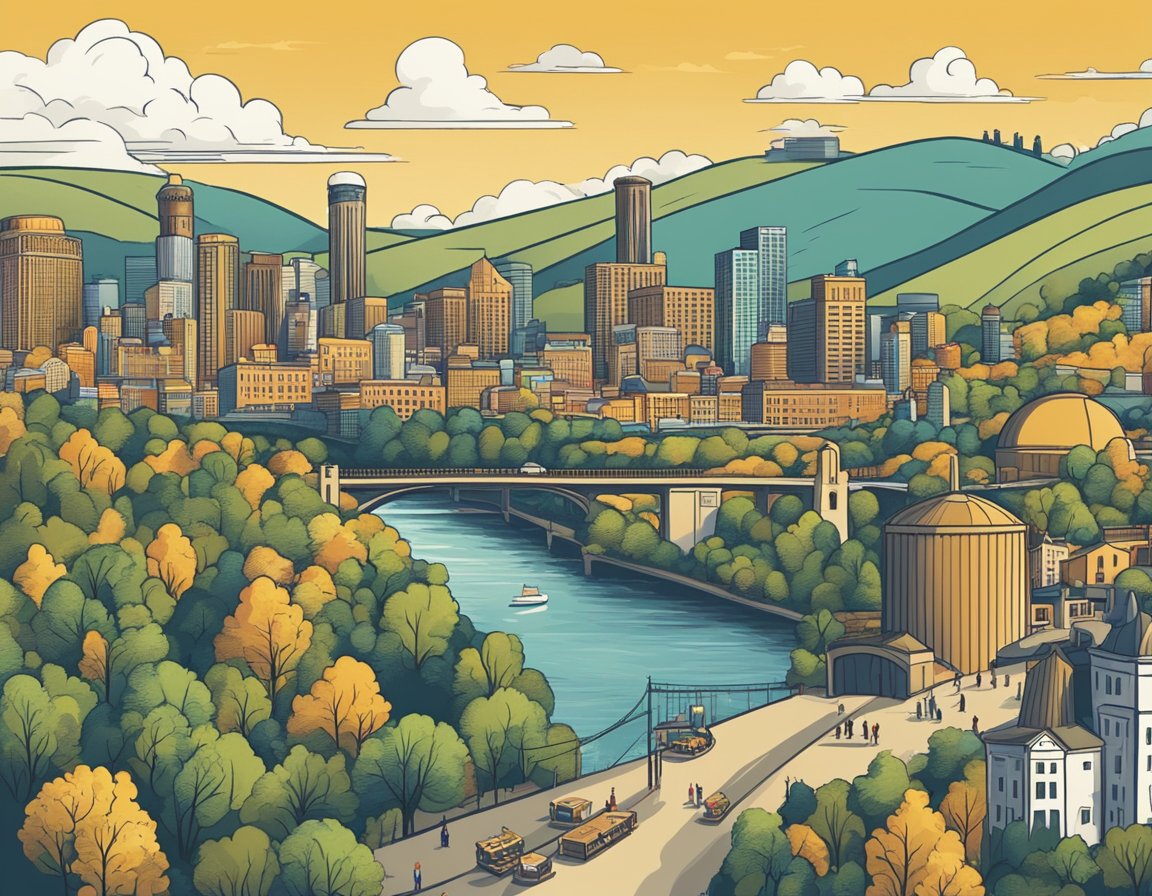
Embarking on a journey to the world’s premier beer capitals can be an enriching experience for enthusiasts eager to savor various flavors and bask in rich beer culture. Whether one’s tastes lean toward traditional brewpubs or bustling beer gardens, careful planning can maximize enjoyment and create unforgettable memories.
Travel Tips and Best Times to Visit
- Best Time to Visit: Spring and early fall typically offer the most pleasant experiences in beer cities, avoiding the peak summer crowds and extreme weather.
- Festivals: Look out for local beer festivals, which can offer a unique insight into the region’s beer culture and an opportunity to taste unique brews.
Travel Tips:
- Accommodation: Book hotels close to major beer hubs to minimize travel time.
- Transport: Many beer capitals offer brewery tour packages, which include transportation and a guided experience.
- Language: Learn a few key phrases if visiting a non-English speaking beer city to enhance your interaction with locals.
Navigating the Beer Capitals
- Pubs and Breweries: Research and map out the brewpubs and beer gardens to visit, prioritizing those highly recommended or offering a particular flavor or beer style you seek.
- Tasting Tours: Participate in guided tasting tours to learn about the culinary aspects of beer pairing and discover a range of flavors.
Local Insights:
- Ask Locals: Local beer enthusiasts can provide valuable insights into hidden gems and must-try experiences.
- Public Transport: Use the city’s public transportation systems to navigate between venues safely.
By considering these guidelines, travelers can fully immerse themselves in the rich tapestry of global beer capitals and make the most of their exploratory quest.
Beyond Beer: Cultural and Culinary Experiences
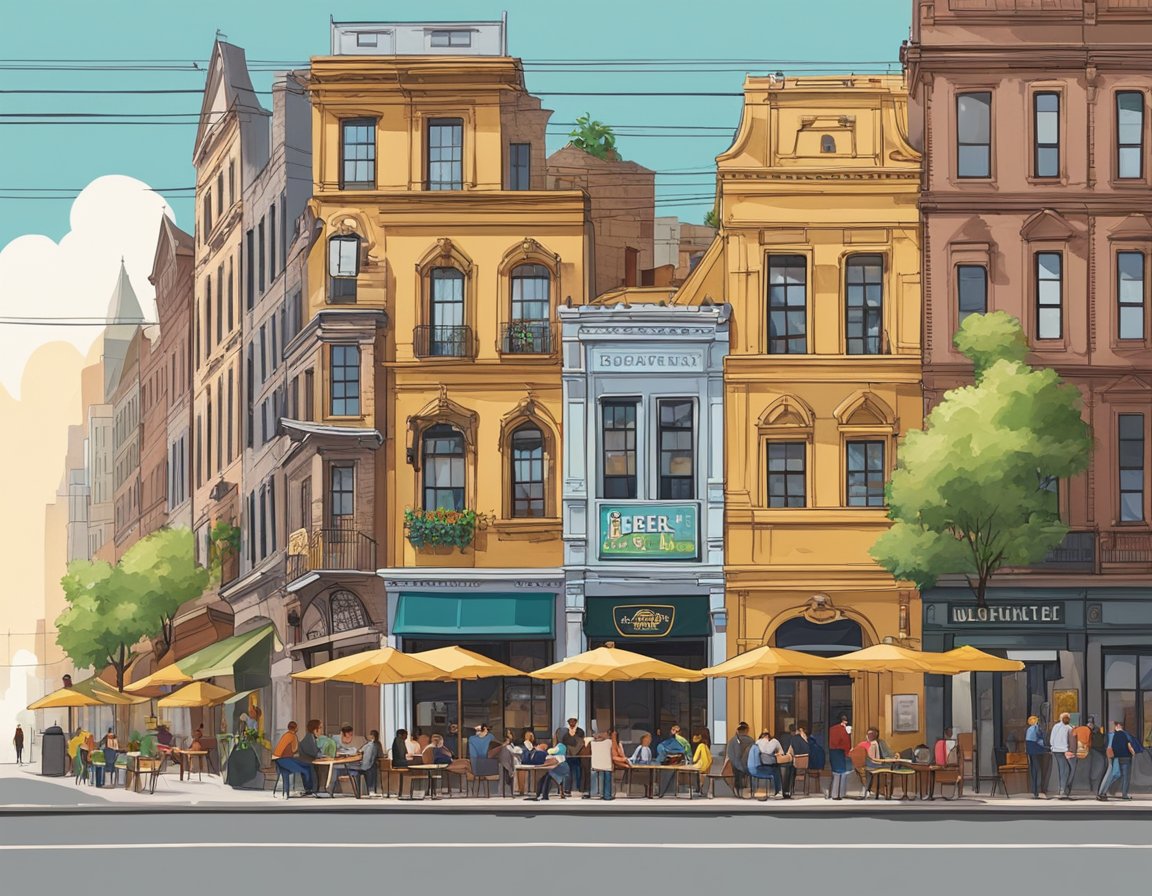
While cities like Milwaukee are renowned for their beer culture, the city offers more than just its historic breweries. As a lively urban hub, it provides various cultural and culinary experiences that underline its development beyond the beer industry.
Cultural Destinations:
- Milwaukee Art Museum: Overlooking Lake Michigan, this architectural marvel houses a notable collection of art, attracting visitors year-round.
- Historic Third Ward: This revitalized warehouse district boasts unique shops, art galleries, and theatres, reflecting the city’s dedication to urban space utilization.
Culinary Delights: Milwaukee demonstrates its culinary diversity with a blend of ethnic cuisines, celebrating the city’s multifarious population. Traditional German and Polish dishes are a nod to the city’s European heritage, while the growing food truck scene delivers modern American and international flavors.
Infrastructure and Urban Spaces:
- RiverWalk: This scenic walkway fosters community engagement and city development, with local cafes and brewpubs dotting the path.
- Public Market: A hub for local produce and gourmet specialties, contributing to the city’s social infrastructure.
Milwaukee’s proximity to Chicago and Lake Michigan also encourages regional tourism, enhancing the city’s appeal as a destination that balances beer appreciation with comprehensive travel experiences.
Notably, Chicago’s cultural richness and the natural beauty of Lake Michigan complement Milwaukee’s offerings, creating a trifecta of Midwestern allure.
Conclusion: The Ever-Evolving World of Beer Culture
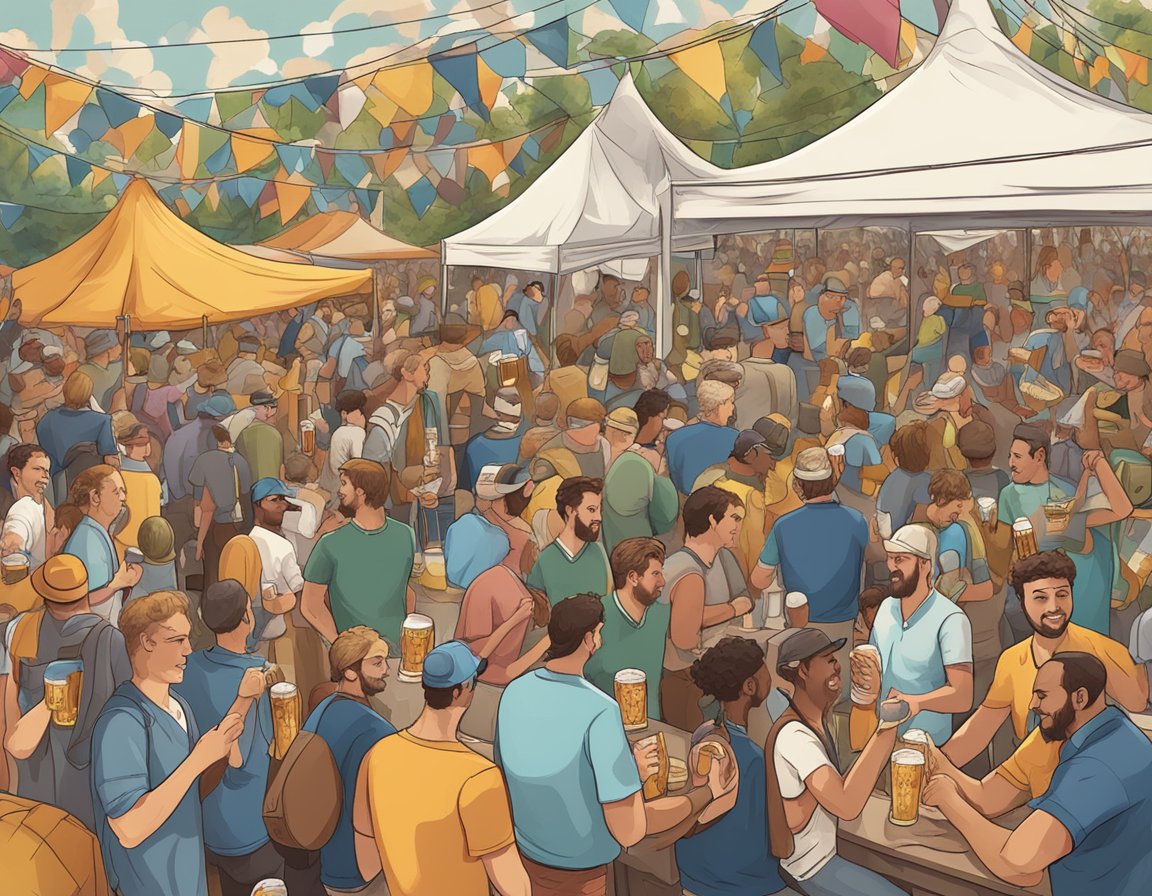
Beer culture has seen a global transformation, marked by a unique blend of hierarchical and expansion diffusion. Cities known for their brewing history have retained their heritage and adopted new brewing techniques and styles, leading to a vibrant and ever-expanding beer landscape.
The third-person narrative describes how international collaborations have become increasingly common, bringing diverse beer styles to a wider audience. Brewers from different countries often partner together, sharing knowledge and creating unique blends that reflect a melding of cultures and brewing traditions.
Expansion diffusion is evident as local beer trends become popular globally, often through cultural exchange and the power of the Internet. Beer enthusiasts can witness this through the growth of craft beer scenes in unexpected locales, taking inspiration from established beer capitals and adapting to local tastes and ingredients.
Technical innovation is a key driver in this cultural shift, allowing for a vast array of brewing styles previously unavailable to many beer lovers. This brings about a new era of beer appreciation that balances reverence for traditional methods with excitement for innovation.
In summary, beer culture is dynamic and cosmopolitan, characterized by a mixture of age-old tradition and modern creativity. This rich and complex tapestry ensures that the title of “beer capital” is not held by a single city but is shared by the many contributing to the rich tapestry of the world’s beer culture.
Share Your Beer Capital Experiences

Beer enthusiasts have long debated which city can truly be crowned the Beer Capital of the World. Whether it’s Milwaukee’s historic breweries or the burgeoning beer scenes in cities like Portland, there’s a deep connection between beer and the local culture and economy.
They invite readers to contribute to this ongoing conversation by sharing personal narratives and experiences from visits to various beer capitals. Here’s what they want to know:
- Sustainability Efforts: How are breweries addressing environmental concerns?
- Innovations: What cutting-edge brewing techniques have you witnessed?
- Future Trends: Which new beer styles or industry trends have you encountered?
- Locale Impact: How does the beer culture shape the city’s identity?
Contributions can take many forms:
- Stories: Personal anecdotes of visits to breweries or beer festivals.
- Photos: Capture the essence of local beer cultures through imagery.
- Opinions: Insightful commentary on how beer intersects with lifestyle and sustainability.
To participate, submit your experiences through their contact page or use the hashtag #BeerCapitalTales on social media. They’re looking for honest, thoughtful reflections that help paint a fuller picture of the global beer landscape.
It’s their goal to foster a space where beer lovers can exchange ideas, celebrate the diversity of global beer culture, and discuss how this beloved beverage continues to evolve. They value the contributions and look forward to learning from the shared stories.


